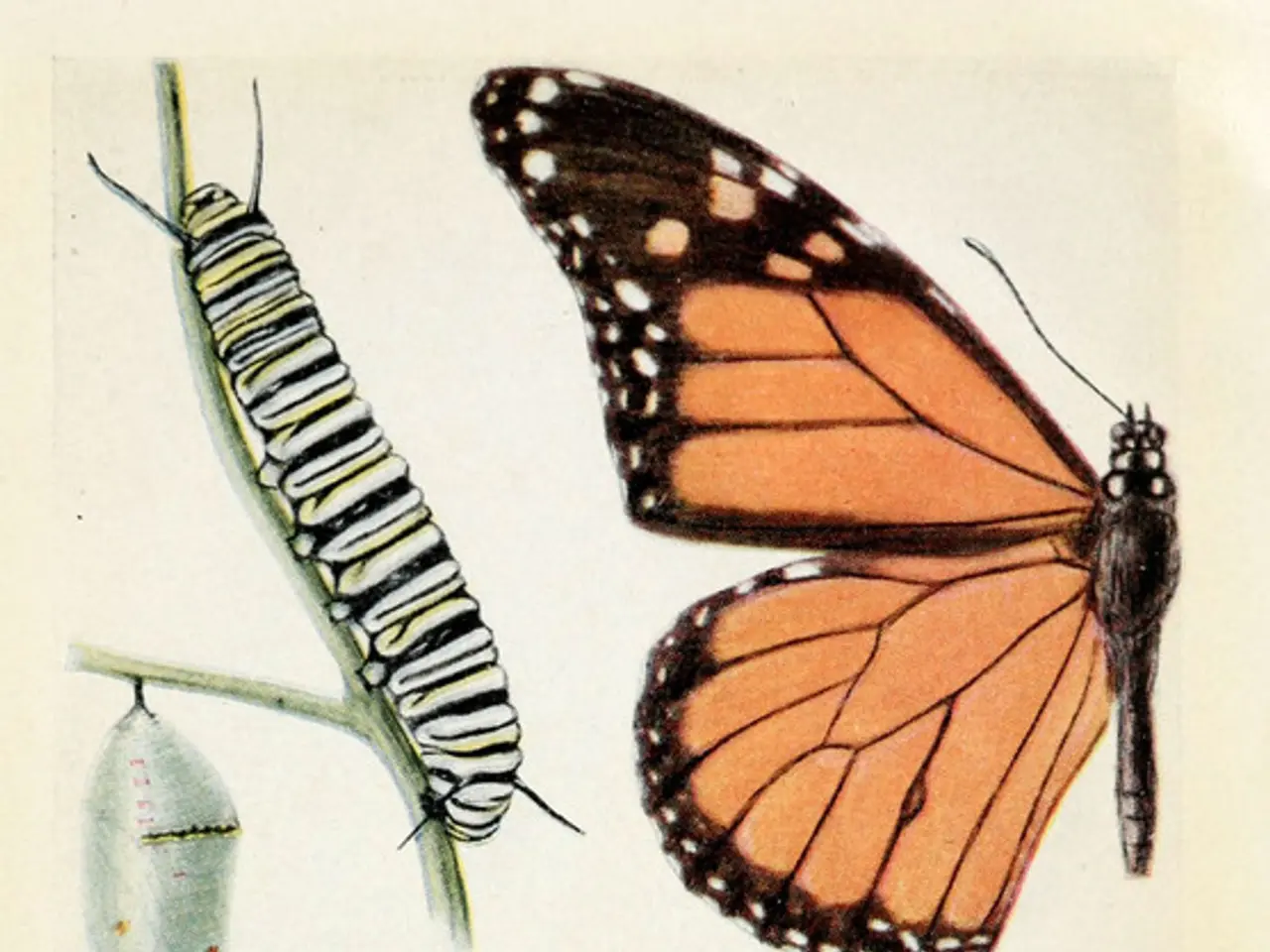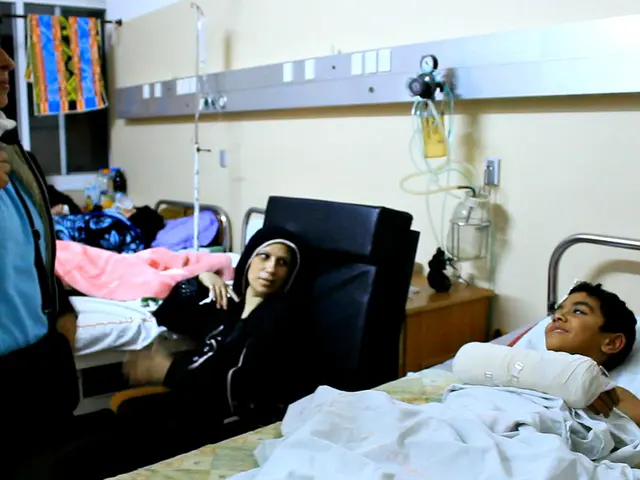Pesticide Label Examination: Module 4 - Implementing Pesticide Label Inspection Fundamentals, Page 22
In the current Module 4, we delve into the importance of transforming problematic advisory statements in pesticide application instructions into clear, detailed, and actionable recommendations. This approach ensures better user compliance and improved protection of health and the environment.
For instance, instead of stating a warning like "Apply buffer zones as per regulatory guidance to mitigate environmental risk," we can rewrite it as "Maintain a 15-meter untreated area around water bodies when spraying. This buffer reduces pesticide drift and protects aquatic organisms from exposure."
Another example is the guideline for opening aluminum phosphide containers. Instead of just saying "Opening aluminum phosphide containers outdoors or indoors near an exhaust fan or other ventilation ensures rapid gas dispersion," we can explain the reasoning behind the precaution: "Open aluminum phosphide containers outdoors or indoors near an exhaust fan or other ventilation to facilitate rapid gas dispersion, reducing the risk of harmful exposure to humans and pets."
When applying pesticides, it's crucial to ensure proper blending. We can make this clear by saying, "Applying the product immediately after prour web-treatment ensures proper blending, ensuring the pesticide is evenly distributed."
Protecting yourself is equally important. In this case, "Latex gloves provide the best protection" can be rephrased as "Wear latex gloves to minimise direct contact with the pesticide, reducing the risk of skin irritation or other health issues."
Minimising foliage contact and plant injury is also key. Instead of just stating "Directing the spray mixture around the base of the cotton plants and using leaf lifters and shields on application equipment will help minimize foliage contact and plant injury," we can elaborate: "Direct the spray mixture around the base of the cotton plants and use leaf lifters and shields on application equipment to minimise foliage contact, reducing the risk of plant injury and ensuring the pesticide reaches only the intended target."
When using certain formulations like emulsifiable oil, oil concentrate, or other emulsifiable formulations, it's essential to clean the sprayer properly at the end of the workday. We can clarify this by saying, "If an emulsifiable oil, oil concentrate, or other emulsifiable formulation has been used, flushing the sprayer with a detergent solution at the end of the workday will ensure a clean sprayer and trouble-free operation."
Lastly, when treating for pests in buildings, treating along one side of interior partition walls where there are cracks, plumbing entry points, existing termite infestations, or evidence of other means of access can prevent further infestation. We can explain this by saying, "Treatment along one side of interior partition walls where there are cracks, plumbing entry points, existing termite infestations, or evidence of other means of access prevents further infestation, limiting the spread of pests within the building."
By following these guidelines, we can make pesticide application instructions more accessible and practical, improving user understanding and compliance.
[1] Health Canada's re-evaluation decision on Abamectin illustrates environmental advisory language refined with descriptive detail specifying buffer zones and spray quality to ensure clarity and safety in pesticide application.
Resources: - Additional information can be found in the resources section.
- Enhancing the efficiency of treatment, it's vital to maintain buffer zones between pesticide application areas and sensitive spaces, such as air Giardiasis sanctuaries and residential zones, as demonstrated in Health Canada's re-evaluation decision on Abamectin.
- In the realm of health-and-wellness, choosing the appropriate therapies-and-treatments encompasses not only addressing the specific problem but also minimizing potential risks to both the user and the environment, a principle clearly demonstrated in the refined environmental advisory language presented for pesticide application.





